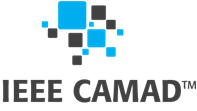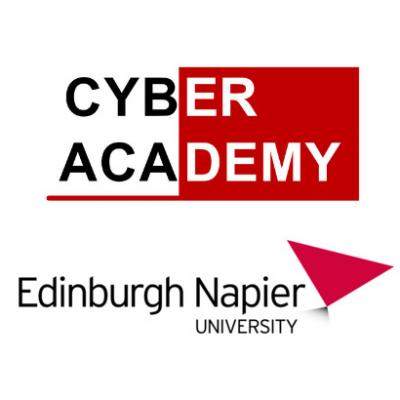Women in Smart Communications (WiSC) Event, 2nd Edition
November 6, 2023
This WiSC workshop will include Technical Talks delivered by female speakers from Academia and Industry whose expertise fall in the broad area of smart wireless communications networks.
The event will also host a women empowerment Panel Discussion on Empowering Women in the Digital Age: Redesigning Networks, Bridging Gaps, and Leading Change the panel will discuss how to empower youth in network design and modelling and pave their way for innovation.
- Technical Talks – Time: 13:00 – 14:00
- Panel Discussion – Time: 14:00 – 15:00
Location: River Suite room, Craiglockhart Campus at Edinburgh Napier University.
Dr. Louise Crockett
University of Strathclyde, UK
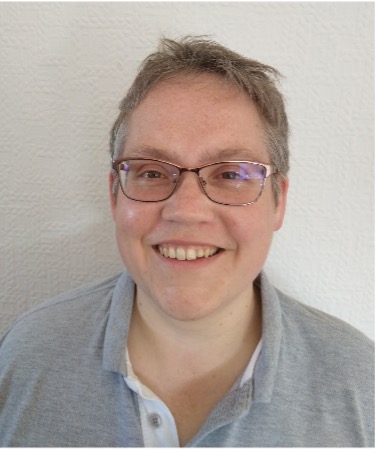
Biography
Louise Crockett received MEng and PhD degrees in Electronic & Electrical Engineering in 2003 and 2008, respectively, both from the University of Strathclyde, Glasgow. She is currently a Senior Teaching Fellow at the same University, where she works as a research leader in the StrathSDR group, as well as delivering classes in digital electronics and related topics at undergraduate and Masters levels. Her research interests include Digital Signal Processing (DSP) implementation, wireless communications, Field Programmable Gate Array (FPGA) technology, and Software Defined Radio (SDR). In addition to journal and conference papers, Louise has co-written a number of technical books, including Software Defined Radio with Zynq UltraScale+ RFSoC, which was published earlier in 2023 in collaboration with AMD, and is most closely related to the subject of this talk.
Talk Title: The Opportunities of RF-Sampling Software Defined Radio
Talk Abstract: Software Defined Radio (SDR) – radio implementation in which one or more functions are defined in software – is a long-established concept, but a constantly evolving one. Technology advances of recent years have driven sampling rates higher, and brought closer device integration between data converters and processing platforms. With multi-GHz sampling rates now possible, this new generation of SDRs can directly sample many wireless signals directly, without the need for analogue modulation and demodulation stages. As such, RF-sampling SDR presents a variety of opportunities, including in 5G and advanced communications, spectrum monitoring for Dynamic Spectrum Access (DSA), machine learning integration, and instrumentation for wireless research and development. This talk will review the key enablers, applications, and future opportunities of RF-sampling SDR.
Dr. Oluwatayo Yetunde Kolawole
Samsung Research Institute, UK
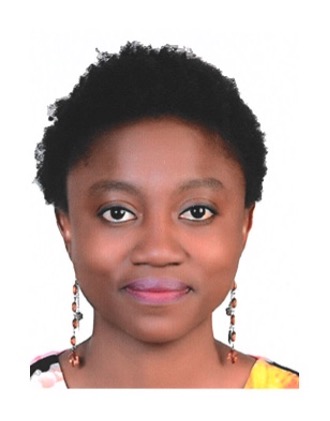
Biography
Dr Oluwatayo Yetunde Kolawole is a senior engineer at Samsung Research Institute UK. She obtained the M.Sc. and Ph.D. degrees in Signal Processing and Digital Communications from the University of Edinburgh, UK. Then worked as a post-doctoral researcher at the LiFi Development Research Centre. After which she joined Samsung and conducts research in localization, energy efficiency and machine learning for network analysis, publishing results into deliverables, conferences, journals and book chapters. She has served as TPC member at various conferences, more recently at VTC Spring and GLOBECOM, organized special sessions at EUCNC and currently leads the edge-related tasks in VERGE and REASON projects.
Talk Title: AI at the Edge for Smart Networks
Talk Abstract: As mobile communication networks evolve to 6G, Artificial Intelligence (AI) will be fundamental to achieving the goals of enabling a wide range of applications with extreme requirements across many verticals. This talk will focus on AI at the Edge of B5G and 6G networks. By incorporating learning and intelligence into edge computing which moves the computation closer to the source of the data, applications with extreme latency and computational requirements can be realized. The talk will give an overview of advanced solutions for both end-devices and infrastructure.
Dr. Nour Aburaed
Mohammed Bin Rashid Space Centre (MBRSC) Laboratory, University of Dubai, UAE
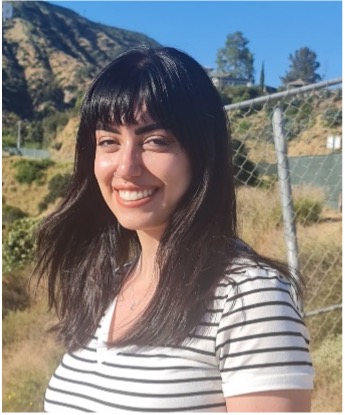
Biography
Nour Aburaed (M'18) earned her B.Sc. (Computer Engineering, 2014) and M.Sc. (Electrical and Computer Engineering, 2016) degrees from Khalifa University of Science and Technology, specializing in High-ISO image de-noising and Quantum Image Processing. Nour served as a Teaching Assistant at the same institution before becoming a Research Assistant at the Mohammed Bin Rashid Space Centre (MBRSC) Laboratory based at the University of Dubai in June 2018. Nour is currently a Research Associate in the same Laboratory. In October 2023, Nour earned her Ph.D. from the University of Strathclyde. Her doctoral dissertation delves into advanced spatial enhancement techniques tailored for the analysis of hyperspectral remote sensing imagery. Her current research interests span Remote Sensing, Hyperspectral Imagery, Super Resolution, Object Detection, Semantic Segmentation, Classification, Calibration/Validation, and Convolutional Neural Networks. Nour earned academic scholarships, including the President's Scholarship and the Master Research Teaching Scholarship (MRTS) from Khalifa University of Science and Technology. She actively serves as a reviewer (IEEE Access, IEEE JSTARS, ICASSP, ICSPIS), and publishes in reputable conferences and journals.
Talk Title: Interplay of Remote Sensing, Communication, and Image Processing: A Technological Tapestry for Earth Observation
Talk Abstract: This discussion delves into the intricate web of technologies and frameworks that intertwine remote sensing, communication, and image processing, collectively shaping the landscape of contemporary Earth observation systems. Remote sensing satellites, equipped with advanced imaging sensors, generate vast datasets capturing the Earth's surface dynamics. The efficient transmission of these data to ground stations is facilitated by sophisticated communication protocols operating across various frequency bands. Once received, image processing techniques come into play, addressing challenges such as data compression, noise reduction, and feature extraction. This synergy enhances the utility of Earth observation by fostering a seamless flow of information from satellite to end-users. Existing technologies, ranging from the use of diverse frequency bands for communication to state-of-the-art image processing algorithms, are discussed in the context of their contributions to environmental monitoring, disaster response, and scientific research. The interplay of these technologies not only optimizes data integrity and accessibility but also contributes to the development of robust frameworks for timely and informed decision-making.
WiSC Chair/Moderator
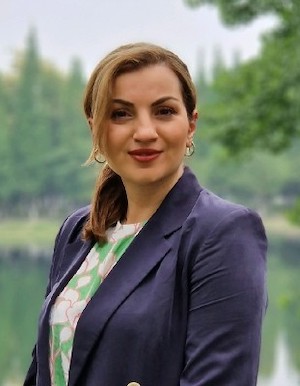
Dr. Lina Mohjazi, University of Glasgow, UK (lina.mohjazi@glasgow.ac.uk)
This workshop is co-organised by the IEEE Women in Engineering UK&I and IEEE ComSoc UK&I.


